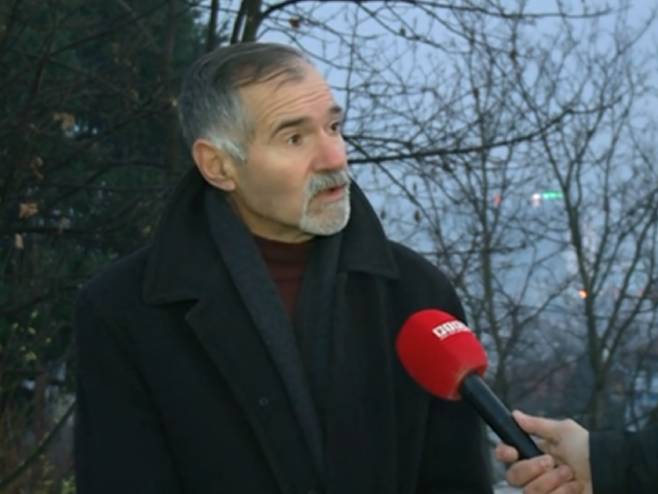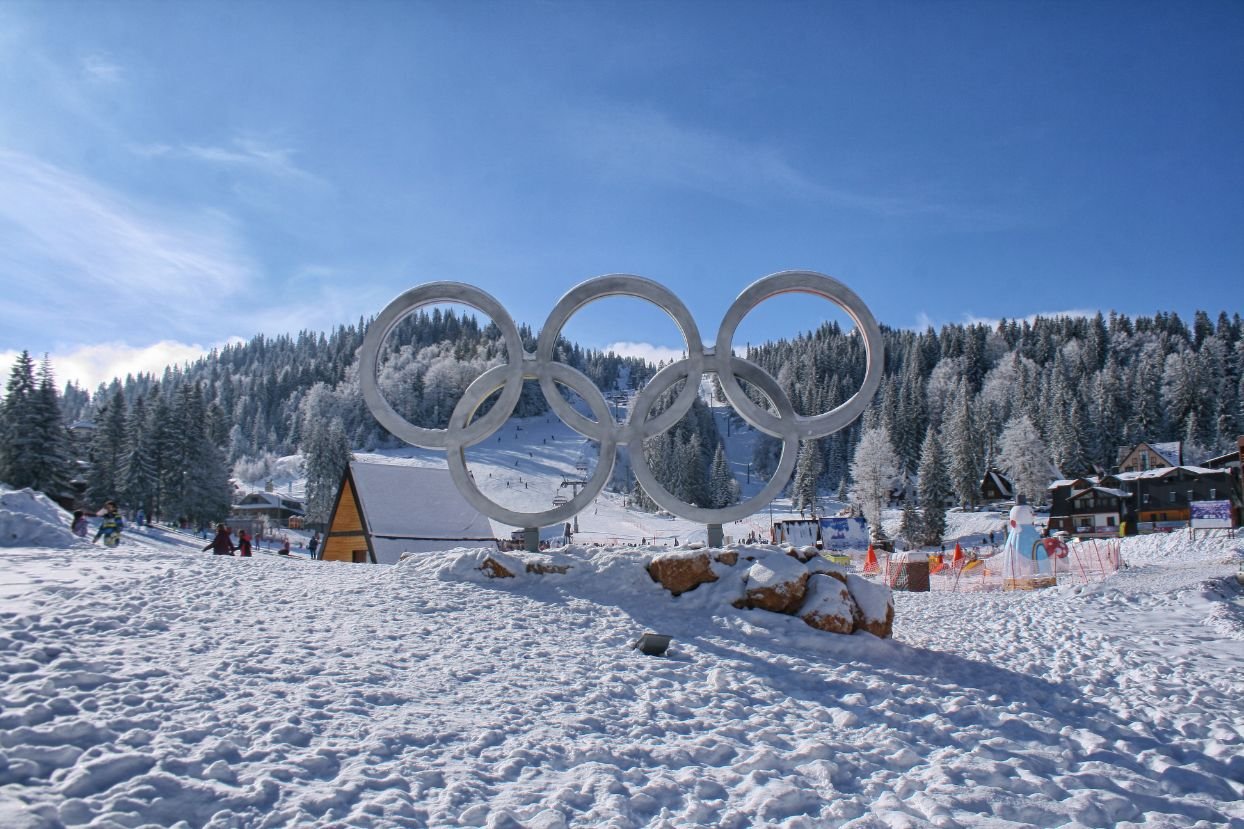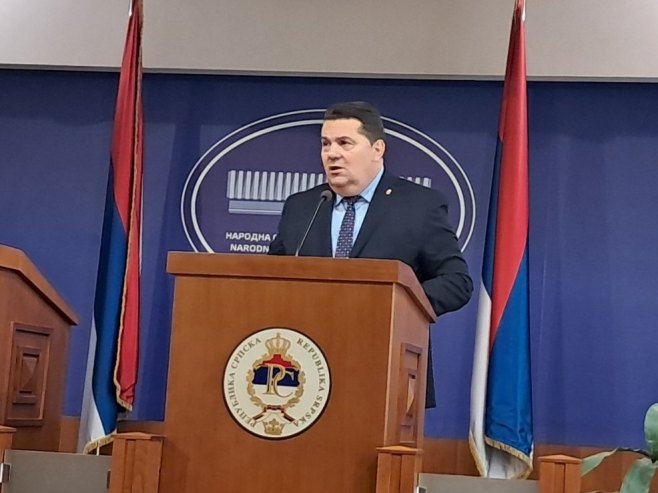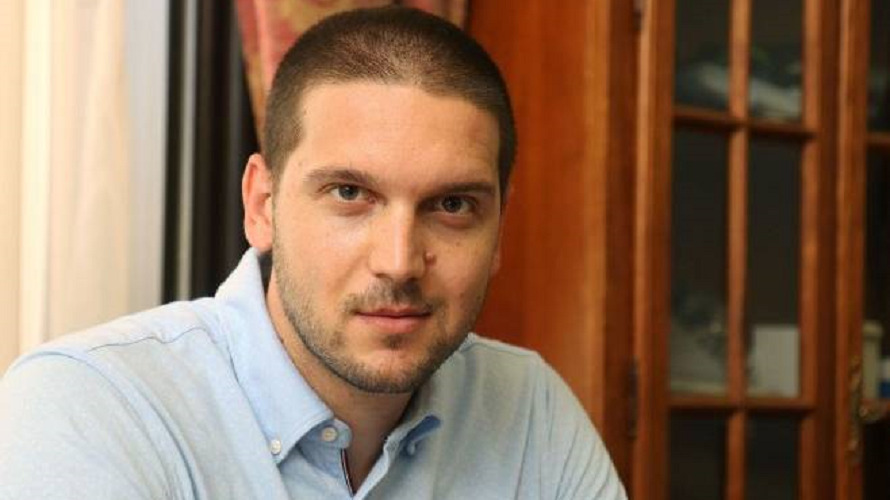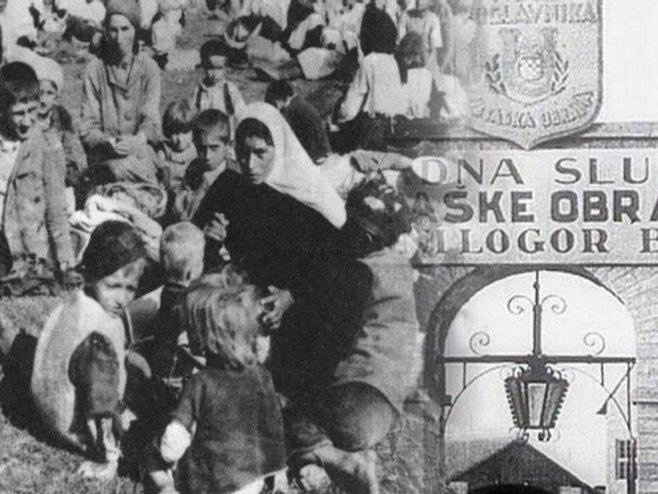The Museum of Herzegovina in Trebinje hosted the promotion of the facsimile edition “Zakonopravilo of Saint Sava, Tvrdoš–Savina transcript”, which, according to Prof. Dr. Đorđe Bubalo, represents one of the foundations of Serb national and religious identity.
“Zakonopravilo helped us in the hardest of times to stand on our feet, to organize both church and state according to canonical law and Roman–Byzantine legislation. For centuries, it was the primary source of canon law in the Serb church, copied from the 13th up until the early 17th century. Its role was, in a way, to correct and guide believers who had strayed, and to organize the church in accordance with canonical, liturgical, and dogmatic order. This tells us that Saint Sava was a great expert in canon law, foreign languages, an extraordinary organizer, and our first lawgiver,” said Bubalo.
Priest Zoran Devrnja, professor at the Faculty of Theology in Belgrade, noted that this facsimile edition brings to light an important historical fact.
“When the transcripts of Sava’s Nomocanon were discovered, they were named after the monasteries whose treasuries preserved them. This one was named ‘Savina,’ but research has shown that it was written for the Herzegovinian Eparchy, kept in the Tvrdoš Monastery, and, after its destruction, the entire library was transferred to Savina, where it remains today. Nomocanons had existed since the 9th century, some even earlier. Almost all the canons of the Ecumenical and Local Councils of the Holy Fathers are included in Sava’s Nomocanon. It also contains civil codes and provisions, governing households, the church, mining, villages—reaching into all aspects of Christian life, not only among Serbs but other Orthodox peoples as well,” said Devrnja.
Dušan Pavlović, director of the Center for Socio-Political Research of Republika Srpska, emphasized that the Zakonopravilo of Saint Sava represents both the constitution of the Serb state of its time and the foundation of modern Serb statehood.
“It is crucial to understand the emergence of Zakonopravilo in its historical and geopolitical context. Saint Sava was not merely a translator of church canons and state laws, but someone who modeled and adapted them from the Byzantine Empire to the Serb state and Serb mentality of the time. On an operational level, he upgraded the system of symphony—the cooperation of church and state—which functioned even better in Nemanjić Serbia than in Byzantium,” Pavlović said.
The event was attended by Metropolitan Dimitrije of Zahumlje–Herzegovina and the Littoral.
The moderator was Petar Milošević, and the publisher of the book is the “Prince Miroslav of Hum” Endowment from Trebinje.
Source: RTRS

